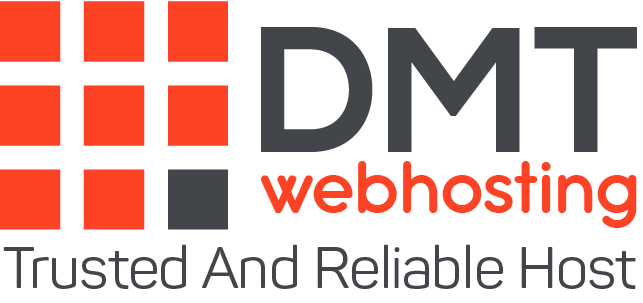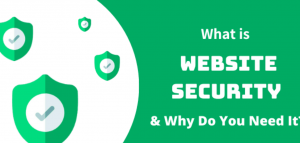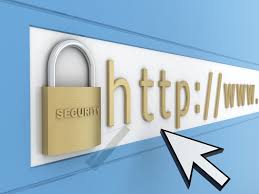Avoid malicious websites by learning how to check if a website is safe to ensure safe online browsing. These three tips show you how.
Do you remember when the Internet was a real pleasure? Nowadays, it seems to be more of a minefield than a playground. Users hesitate, trust nothing, and constantly ask themselves, is this link secure and is this site infected? It’s hard to take advantage of your digital world when worry and suspicion are everywhere.
Phishing scams use social engineering to mislead users into downloading malware or transmitting sensitive data. An infamous method is to create a dummy website identical to an existing one which is then used to prompt you to enter your login or account information.
In addition to sending you to a dummy site designed to record your keystrokes, social engineering can also lead you to an infected website that downloads malware to your system. You may also receive a malicious link that, when clicked, grants remote permissions to a cyber criminal. No one wants to be the victim of this kind of attack.
The good news is that no one should be. The 3 safety tips below will clear up any uncertainty and teach you how to determine if a site is trustworthy or not. First of all, you are going to learn some simple visual checks that will give you useful information at a glance. Then we will advise you of the website security tools to put in place to inform and guide you. Finally, we will explain to you how to deepen the research if you still have a doubt. Let’s go, become cyber security pros and rediscover the pleasure of surfing the web.
1 – Visual security checks of a website
Double check URLs – let’s start with the simplest advice. It really is no more difficult than ensuring that the URL looks legitimate. Before clicking on a link, place your cursor on it and look in the lower left corner of your screen where the URL is displayed. The first phishing / phishing deception is to look as authentic as possible. At first glance, the URL might look like the correct address, but closer inspection might reveal a 1 instead of an l, or a .net instead of a .com. Practice checking each URL before clicking or entering personal information such as username and password.
Check for the presence of https – The letters you see at the beginning of each URL correspond to the http (Hypertext Transfer Protocol) protocol. It is the basic protocol for communicating data over the Web. And while it’s extremely useful, it’s also easy to hack. Adding an “s” as in “https” (and the icon representing a padlock) indicates to you, however, that the site is secure. Websites with a padlock icon in the address bar and an https prefix are encrypted and have a trusted SSL certificate, essentially ensuring a secure connection between the website and the browser. If you cannot verify that a website or link is secure with https, stay alert and do not enter any personal information.
website “https” safety and note that cyber criminals do everything in their power to present themselves as legitimate. So even if the https: websites are more secure, you could visit one managed by a scammer. Therefore, if you still have doubts about an https site, use the other security tools below to check if a website is secure.
2 – Website security tools
Use your integrated navigation tools – The first tools to know are the security measures already present in your browser. Look at your privacy and security settings. Chances are, the default settings are more flexible than you’d like. Manually adjust the rules and settings to be comfortable. Block pop-ups, prevent automatic downloads, don’t allow tracking. The options vary depending on your browser.
Run an online website security check – You can choose from several options. These online tools use virus scanners and other security solutions to search for threats on a website. Just enter the URL you want to check in the site search bar and you will get instant results.
Install Web Security Tools – For complete confidence in website security, protect yourself with advanced cyber security suites, such as Avast Free Antivirus. You can also add privacy to website security using a virtual private network such as Avast Secure Line VPN. And we would be very careless if we did not mention Avast Secure Browser, the most secure browser on the market.
Avast-browser-security-privacy Avast Secure Browser is a private, fast and secure browser that protects you online. And it’s free.
3 – Quick search on website security
Check the website contact information – If you’ve done all of the above and still have a little doubt about site security, knock on the door. That is, find the “Contact Us” section on the site and call them. The way we answer you (if we answer you) will allow you to form an opinion on the legitimacy of the operation.
Check if your antivirus has an Anti-Phishing certificate – Not everyone. Look for third-party anti-phishing labs, such as AV-Comparatives. They test antivirus products against phishing URLs (which are trying to get your personal information) and look for false positives when it comes to legitimate banking websites, to make sure the security product knows the difference. Avast Free Antivirus has passed these tests and is the only free software to have obtained its Anti-Phishing Certificate.
Check if the URL has a privacy policy – that’s obvious. The absence of a privacy policy for a website is a real alarm signal regarding the legitimacy of the company.
Search the domain owner of a website using WHOIS – You can also search for the domain owner by checking the available public records through a WHOIS search. Get all the information about the domain, including who registered it and when.
The Internet is full of phishing / phishing scams. No brand is immune from forgery and no user is immune from being targeted. More than ever, we must shoulder our responsibilities for our own online security. Follow the tips above and be perceptive. We (DMTwebhosting.com) can give you all the information you need, but your biggest advocate is you.



